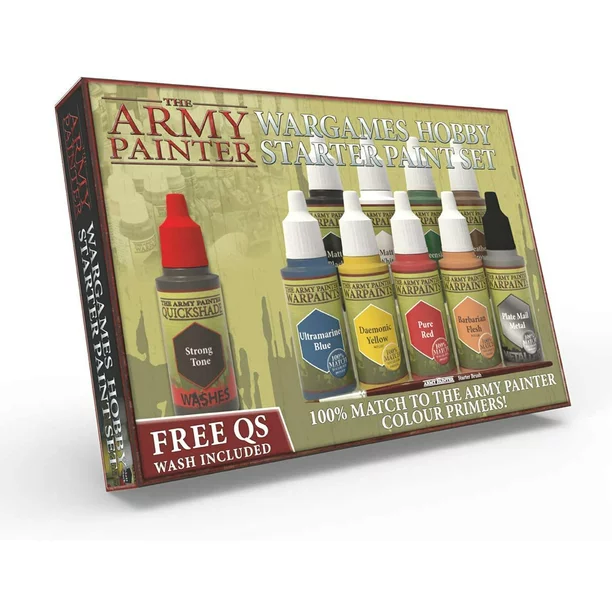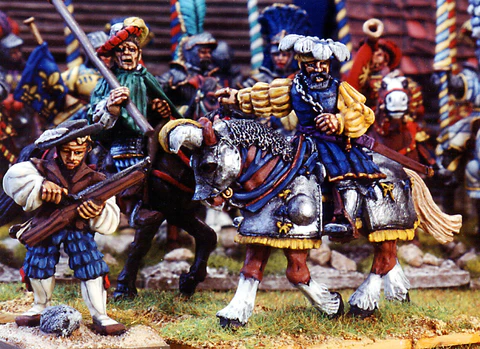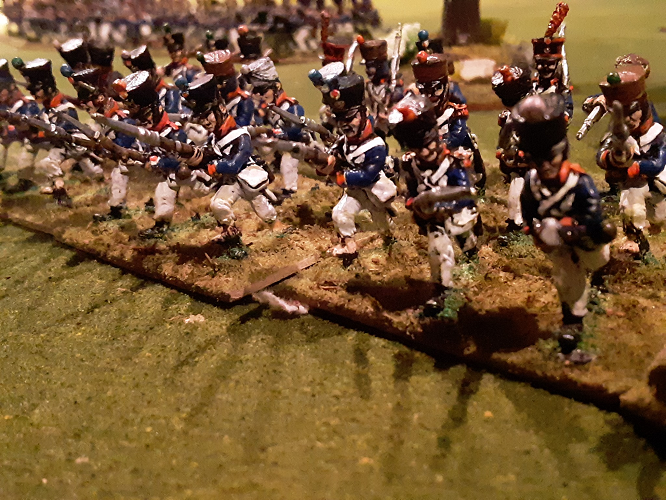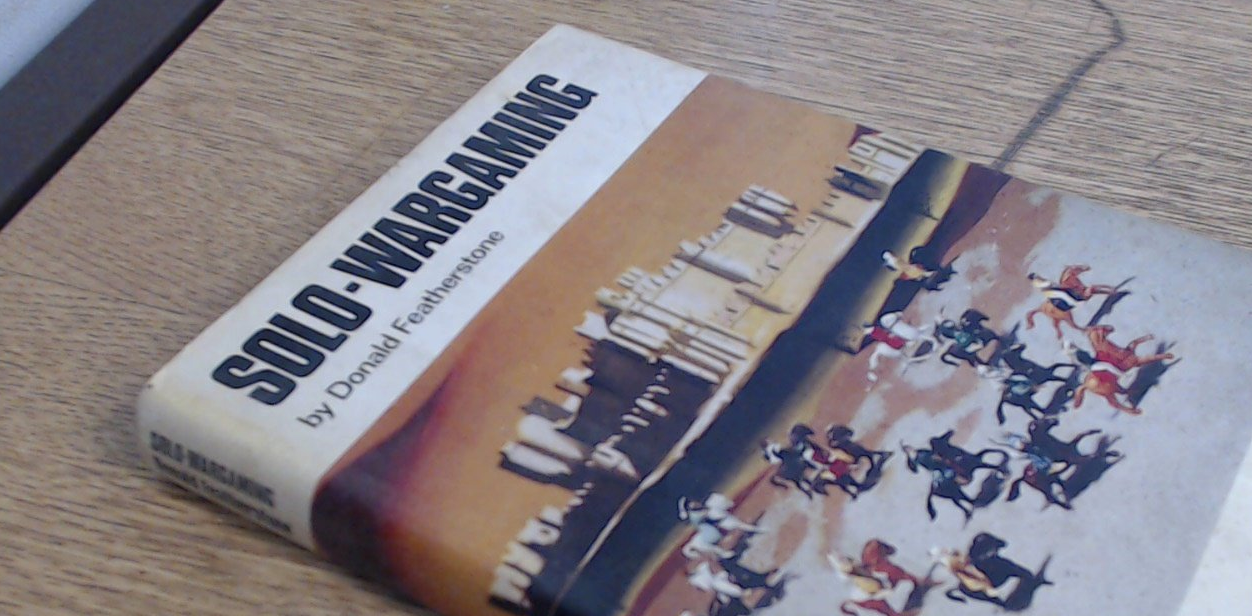Prepping and painting wargaming miniatures can be a rewarding and enjoyable hobby. Whether you’re painting Warhammer 40,000, Age of Sigmar, or any other wargaming miniatures, here are some general steps to help you get started:
Gather your supplies: You’ll need a variety of materials for painting miniatures. This includes paintbrushes of different sizes, acrylic paints in various colors, a palette or paint-mixing surface, water for cleaning brushes, a hobby knife or file, primer, and a well-lit workspace.
Prepare the miniatures: Before painting, you need to clean and prepare the miniatures. Remove any mold lines or excess resin/metal using a hobby knife or file. Clean the miniatures using warm water and mild soap to remove any residual oils or release agents. Let them dry completely.
Priming: Priming your miniatures is an essential step to ensure proper paint adhesion. Use a spray primer or an airbrush to apply a thin, even coat of primer to the miniatures. Choose a color that complements your paint scheme. White, black, and gray are common choices, but it depends on the look you want to achieve. Allow the primer to dry completely.
Base coating: Base coating involves applying the primary colors to your miniatures. Thin your paints slightly with water or acrylic medium to achieve smooth and even coverage. Start with larger areas and work your way to smaller details. Use a variety of brush sizes to make the process easier. Apply multiple thin layers, allowing each layer to dry before adding the next, to achieve a better result.
Layering and highlighting: After the basecoat is dry, it’s time to add depth and dimension to your miniatures. Use a slightly lighter shade of the base color to apply highlights to raised areas and edges. Thin your paint further and use a smaller brush for better control. Gradually build up the highlights to create a smooth transition between colors.
Washes and shading: Washes are thin, dark-colored paints that settle into recessed areas, creating shadows and adding depth. Apply washes selectively to areas that need more definition or shading. You can also create your own washes by diluting dark paints with water or a specialized wash medium. Ensure the wash flows evenly and dries without pooling.
Detailing: Now it’s time to add fine details to your miniatures. Use a small brush and carefully paint smaller elements such as eyes, insignias, and weapons. Take your time and be patient. If necessary, use a magnifying glass or a well-lit area to help you see the details better.
Basing: Consider creating a themed base for your miniatures. You can use sand, rocks, or other textured materials to add realism to the base. Paint the base to match your desired theme, such as grass, dirt, snow, or a specific terrain type.
Varnishing: Once you’re satisfied with the painting, protect your miniatures with a layer of varnish. Apply a matte or satin varnish using a spray can or an airbrush. Varnishing helps protect the paint job and reduces the risk of chipping or rubbing off.
Remember, practice makes perfect, so don’t be discouraged if your first attempts don’t turn out exactly as you hoped. Experiment with different techniques, watch tutorial videos, and learn from other experienced painters. Enjoy the process and have fun bringing your wargaming miniatures to life!





